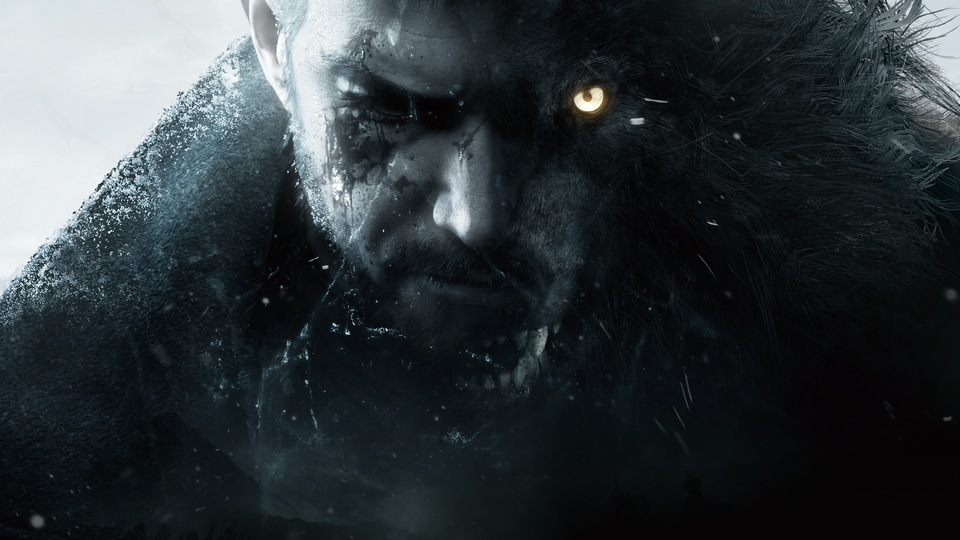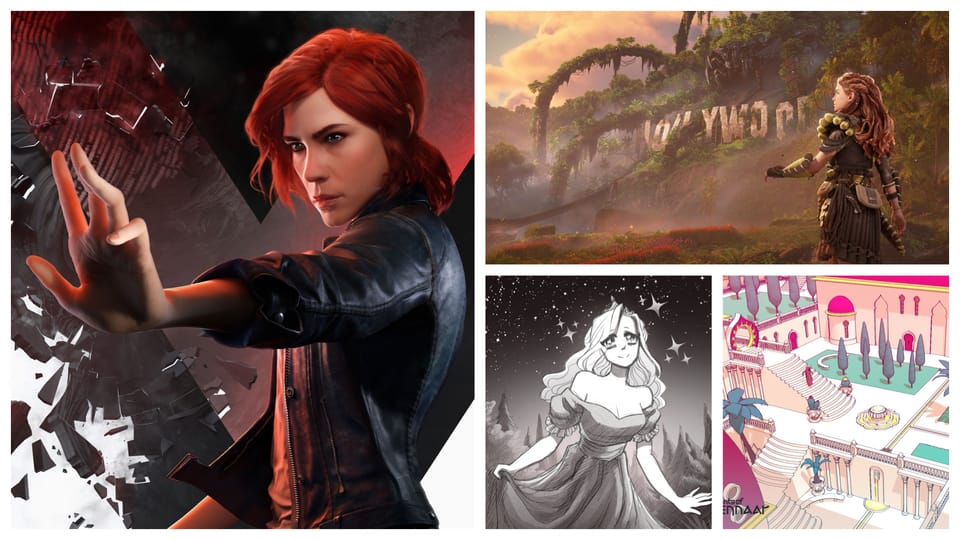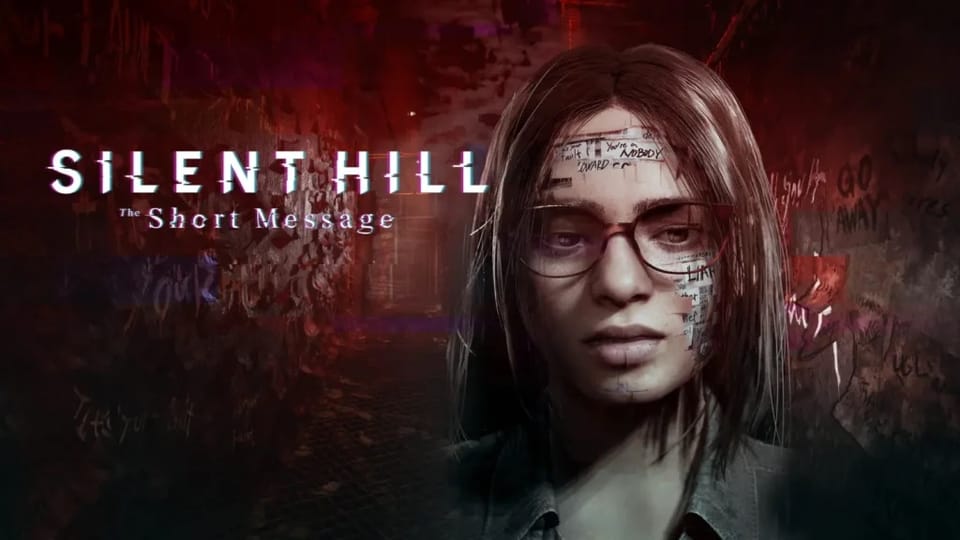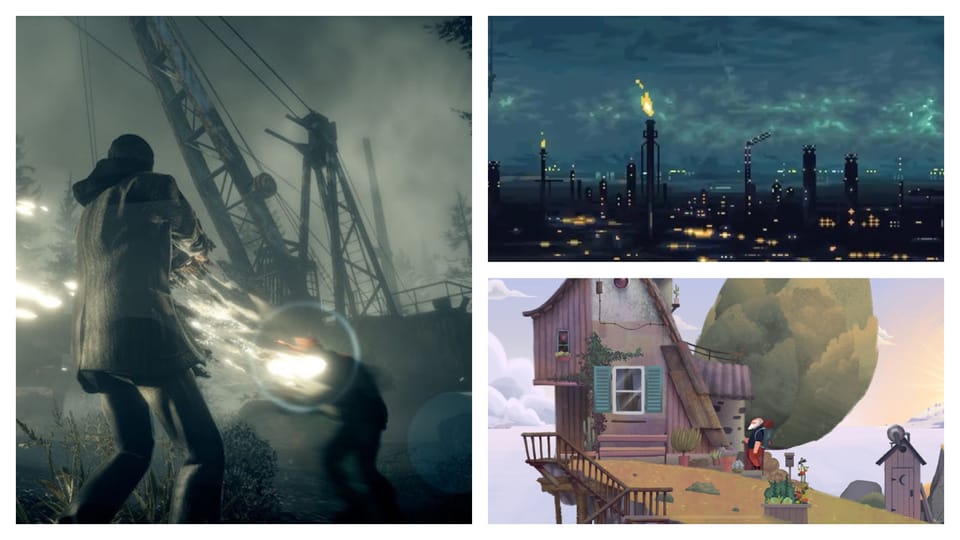After struggling for almost a year to make it through the harrowing experience of The Last of Us 2 (I'm still not done), I needed to stop and shift toward a more lighthearted game — something that would bring the fun back to my gaming life.
So, naturally, I turned to Resident Evil: Village.
Following a few years after the events of Resident Evil 7: Biohazard, the story follows Ethan Winters and his wife Mia as they try to deal with the trauma of past events, while building a peaceful life in their new home. Their hopes are dashed, however, when BSAA captain Chris Redfield suddenly attacks them and Ethan is thrust into a new nightmare, fighting to save his kidnapped daughter from the monsters that lurk in a remote mountain village.
As it turned out, Village was exactly the game I need, providing enough cathartic scares and laughs to help me get through stressful days. Here are a few of the reasons why I loved the game.
Mild spoilers ahead.
The Tall Lady is Viciously Divine
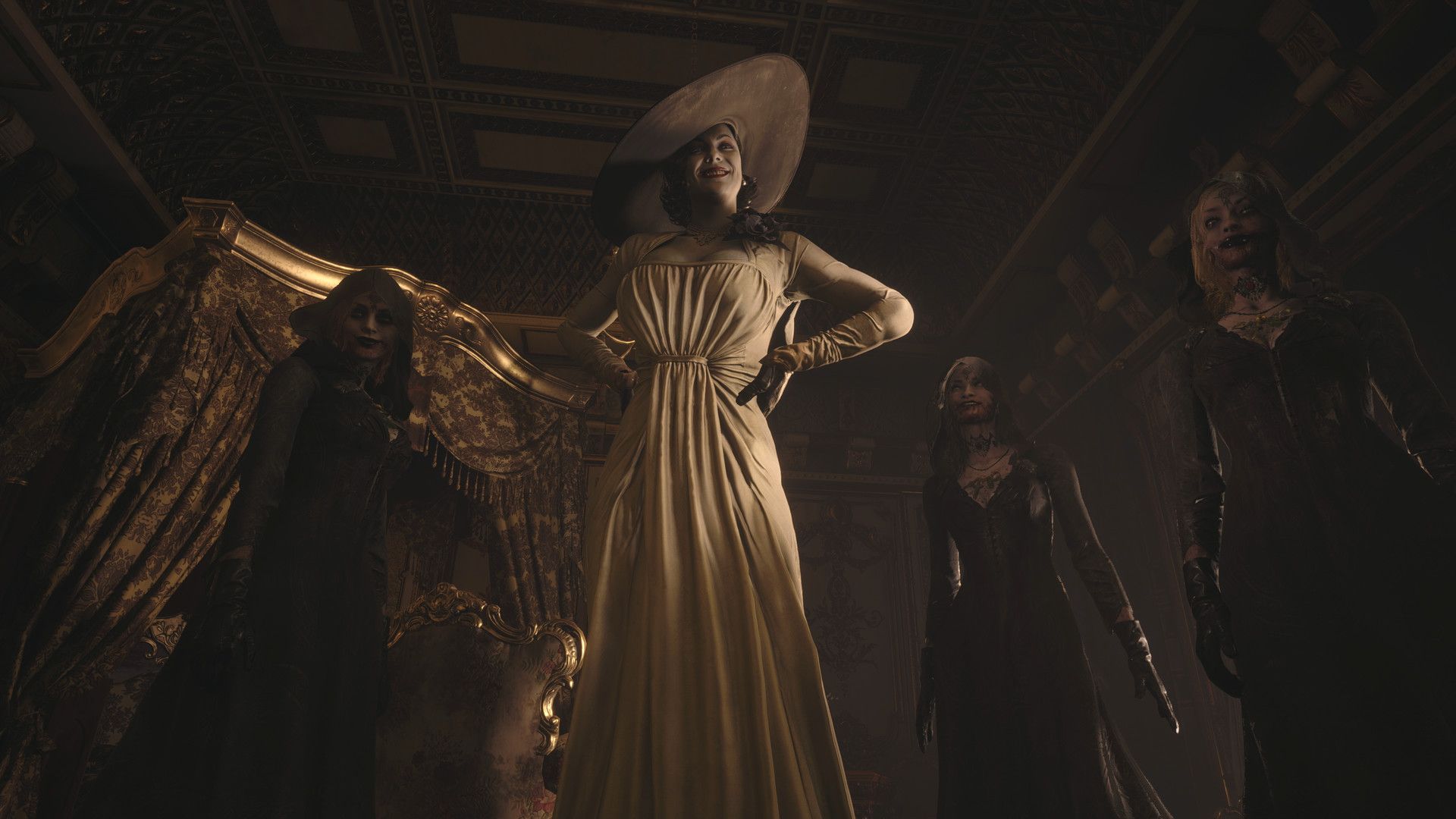
As a nine-foot-tall vampire, Lady Alcina Dimitrescu made an immediate impression when her image graced our screens in game trailers. Her image sent gamers and non-gamers alike into a fervor of admiration for the power, respect, and (um) other qualities she commanded. Memes in which enamored fans beg to be stepped on by the stunning giantess abounded.
In their article on Dimitrescu as an iconic character, Dani Bethea provides a rapturous description of the lady,
"With her silky flowing cream-colored dress, beautiful necklace of pearls upon her impressive décolletage, subtle but well-worn leather gloves, and hat that eclipses the sun (these things and more) made her the loveliest sight for quarantine-eyes.
Bethea goes on to explain in detail how the trailer and the earliest Maiden demo "launched a thousand memes and packed the hype train full of new passengers," and explains what exactly it is about Lady Dimitrescu that makes her so iconic.
Not immune to the hype, I pressed play in the hopes of at last meeting the lovely Lady Dimitrescu and getting royally stomped by her — and I was not disappointed. As I explored her gorgeously gothic castle, I was quickly greeted with her massive grace. She towered over me (or, um, Ethan), she sliced and diced me, and chased me through the halls. She was a powerful threat and I loved every minute of it.
The Genuine Terror of House Beneviento
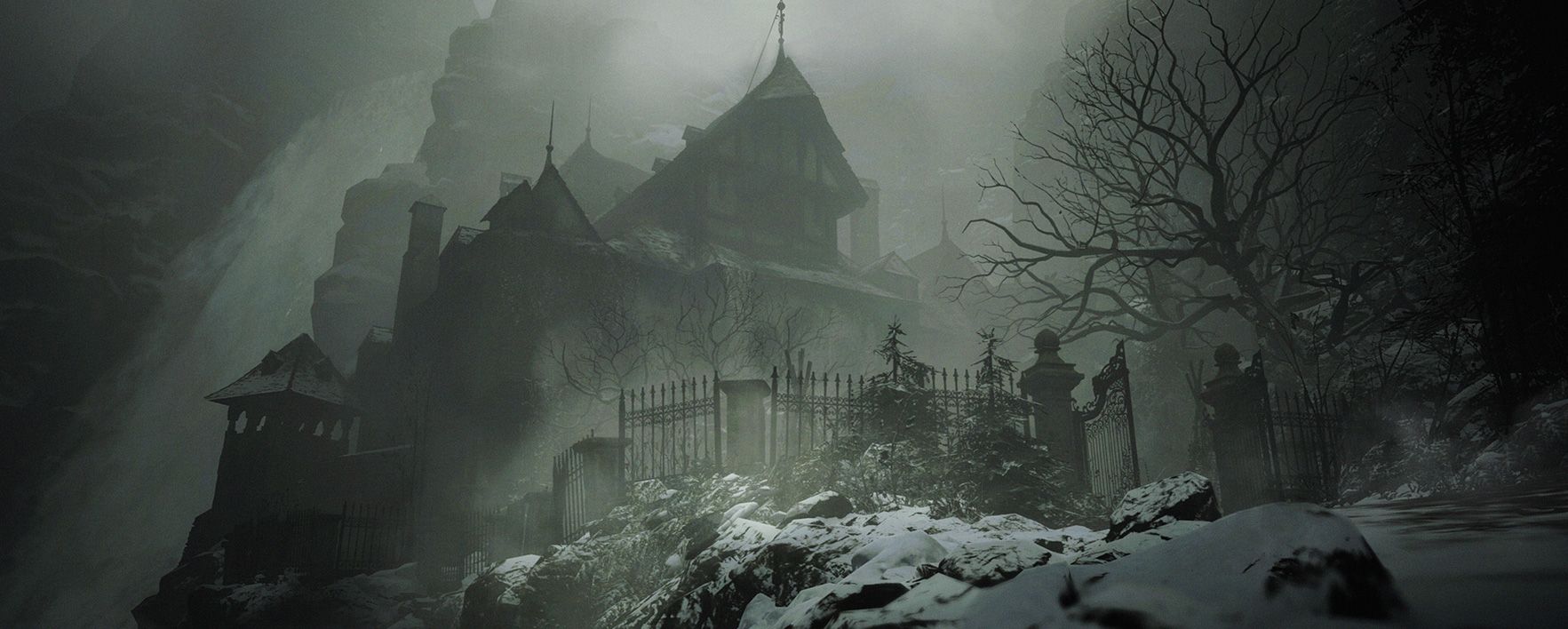
Nestled under the mist of a towering waterfall, Donna Beneviento's home offers a first impression of quiet beauty. The interior of the house evokes a cottage-core charm that under any other circumstances would be warm and inviting. As you enter the home, a rocking chair rests beside a little table upon a green floral rug with a cross-stitch hoop hanging on the wall.
However, as I moved from room to charming room, I experienced a growing sense of unease. Where were all the collectables (ammunition and other items)? Where were the jump scares? Where was the threat?
Up until this point, the game had presented a host of werewolves and vampire women leaping out the shadows in a near-constant barrage of tense action. By contrast, the sudden silence of House Beneviento was deeply unsetting and quickly grew utterly terrifying as I tiptoed Ethan deeper into the house and all his weapons were stripped away, leaving him (and the player) helpless against what followed.
It was not the kind of horror gaming experience that I had expected in Village. In fact, it was the kind of experience I'd avoided in the past — games I would watch other people stream online (P.T., Layers of Fear, etc.), but didn't dare approach myself. Although a long-time horror lover, I always assumed that such truly terrifying games would be too much for me.
Brandon R. Chinn provides an excellent (and spoiler-filled) description of the terrors of this sequence in his essay, comparing it to the much lauded Silent Hill demo, P.T. He notes,
"While we as players are not equally invested in Ethan’s familial plight, there are certain horrors that remain indelibly linked to the united human consciousness. As I directed Ethan unprotected through Beneviento’s rapidly shifting kaleidoscopic antique, I was assailed by the very real fact that there were no enemies to attack me, no traps to disarm me. As the puzzles clicked into place, I took this impression for what it was, a segment divorced from the rest of the game.
Then the baby started to wail."
Wandering through the horrors of House Beneviento was a revelation. Thanks to brilliant lighting and atmospheric sound design, every step I made Ethan take in the game drilled adrenaline through me. I found myself often too terrified to open a door or even to turn around, just in case something might be lurking in the shadows.
As scared as I was, the gameplay was also delightfully thrilling — and I have learned something about myself. I may in fact be ready to take on more true-horror game scares in the future.
An Enjoyable Blend of Classic Horror Tropes
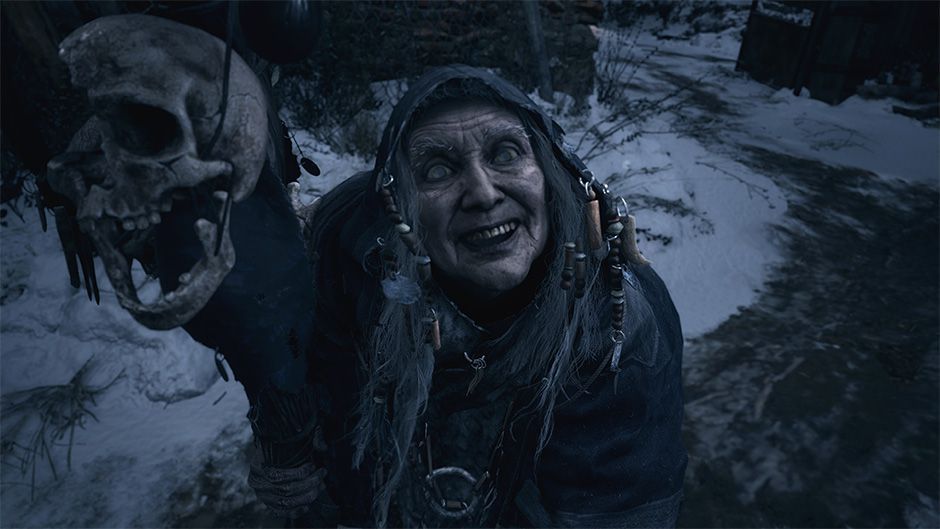
When Ethan first enters the village, he immediately encounters an old woman waiving around a skull-adorned staff. She babbles on about death and the blessings of a mysterious Mother Miranda. Exploring further, Ethan learns that the village is ruled by a cult with four lords at the helm — Lady Dimitrescu, Donna Beneviento, Karl Heisenberg, and Salvatore Moreau.
The entry of a creepy old women and the hint of cults are only the first of many classic horror trope touches. For example, the houses of each lord presenting the unique personality of their master, ranging from a gothic castle to a complex industrial factory. The monsters of each section also reflect their masters, with Lady Dimitrescu having her three vampiric daughters, Heisenberg shaping an army of werewolves, Beneviento having her host of dolls, and Moreau creating other stranger creatures.
Considering the range of locations and monster types, we can see how Village leans into classic B-horror tropes — with vampires and werewolves being the most obvious examples. But creepy dolls that move and shambling zombie-like undead lurking in catacombs also fit into the iconic horror imagery. Not to mention that the character of Moreau and his twisted creatures are also a clear reference to the H.G. Wells novel, The Island of Dr. Moreau (which deals with many of the same themes, including biological experimentation).
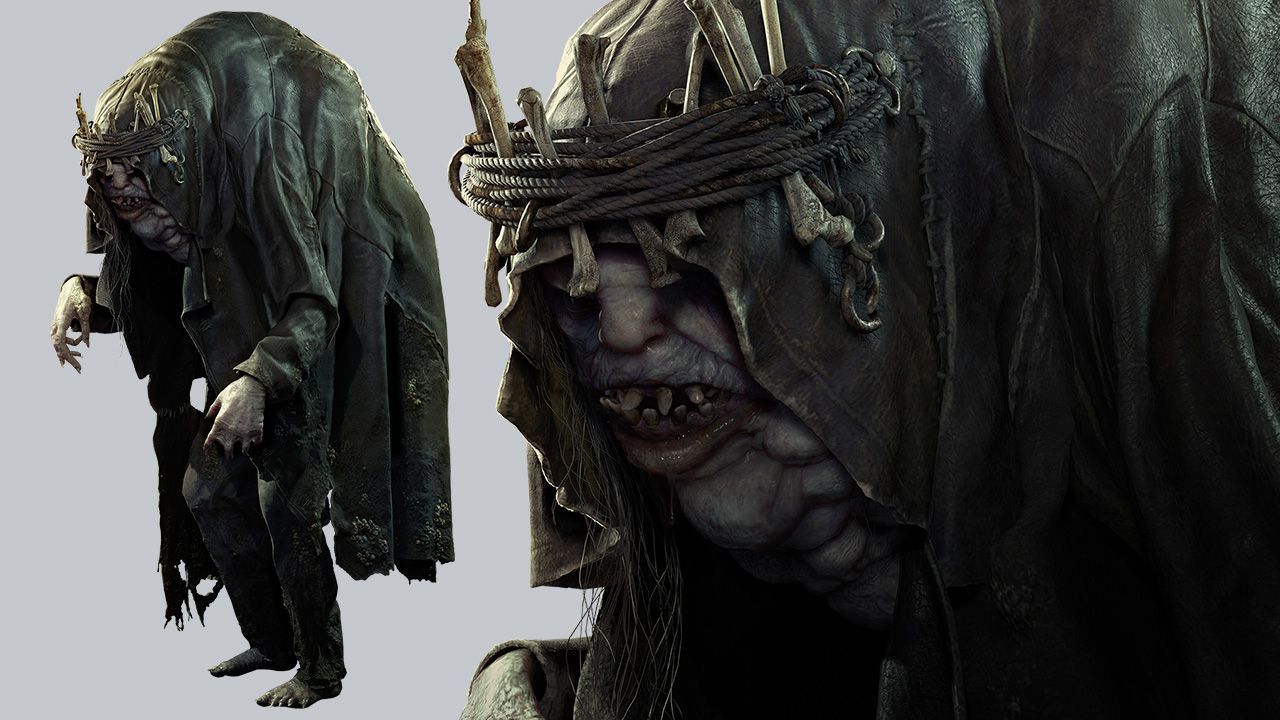
With all the iconic horror settings and monsters, the game could have quickly felt hodge-podge. However, Village does an admirable job of adapting each of these classic horror figures and tropes so that they fit into this unique world, providing an intricate visual beauty to the characters and creatures. A stunning example is the design for Mother Miranda herself. As the head of the village cult, she dons a darkly angelic appearance, with black wings and a golden halo (echoing the more terrifying visions angels).
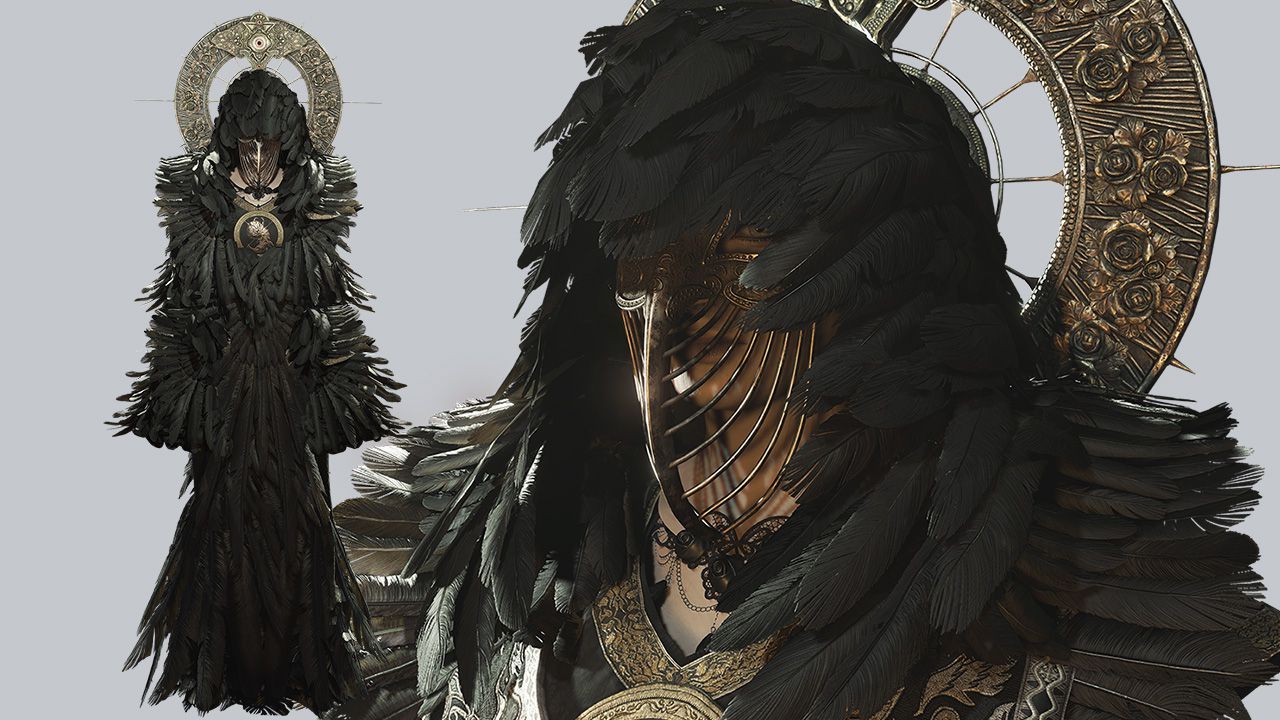
However, the aspect that most feels like a B-horror movie is the overall campy tone. For all the scares and bloodshed present throughout the game, Resident Evil: Village doesn't take itself too seriously. Humor is spattered throughout, easing the tension and providing an appropriate amount of levity, while you're gearing up for the next monstrous boss.
True, if you squint too closely at the story, you might notice gaps in the logic. But like any number of delightfully weird B-movies, that's a part of the game's campy charm.
Final Thoughts
My personal experience of Resident Evil: Village was one of pure in enjoyment, with an ideal blending of horror and action making for a fun — and often scary and gorey — romp. The gameplay and puzzles were well balanced, challenging enough to keep me from getting bored without dipping into frustration.
I would definitely recommend this game to others (including scaredy cats). My one caveat would be that, if you know nothing about the lore of the Resident Evil franchise, then certain story beats might be a bit confusing.
My dearest weirdlings, I've decided to give something a try and deliver this review directly into your inbox — and I would love to know your thoughts on whether this is something you enjoy or if you would prefer to only receive the Weekly Weird emails.
